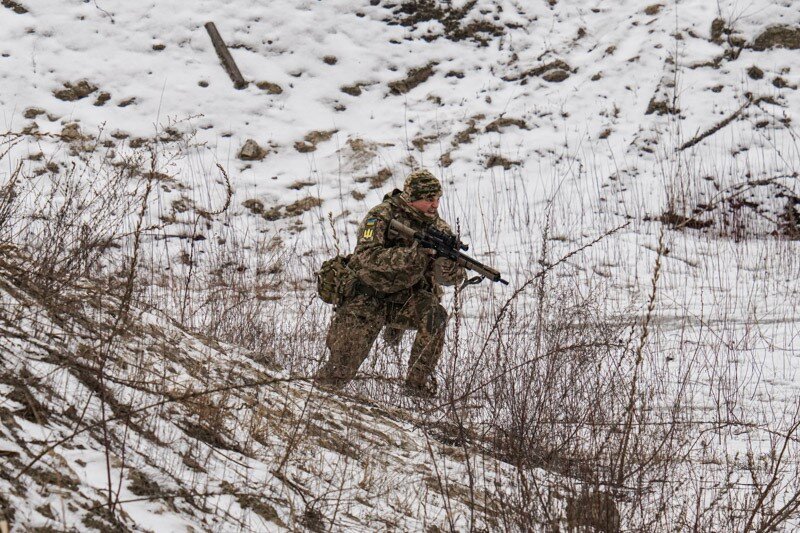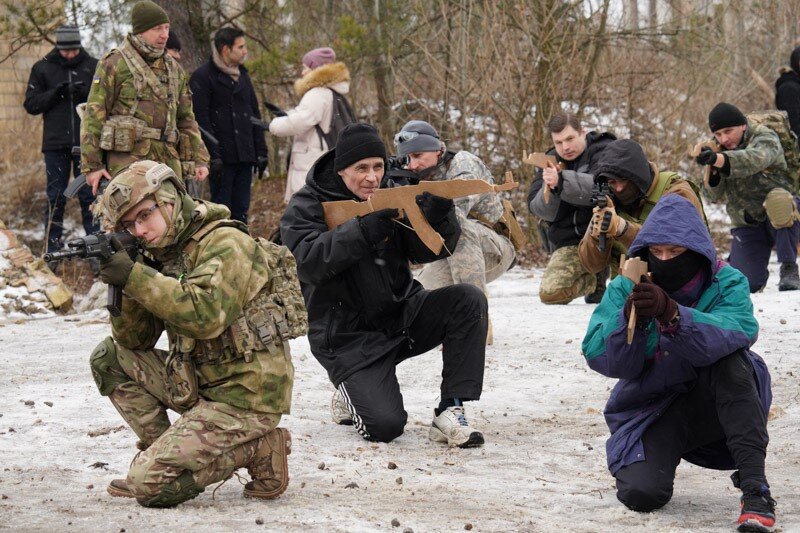The Law “On the Fundamentals of National Resistance”, which everyone is now talking about, was adopted by the deputies of the Ukrainian Parliament in 2021. It came into force six months later, on Jan. 1. Its main goal is to increase the level of resistance to Russian-backed forces which are so far mainly in the east of the country.
Ukraine has declared to the whole world that national resistance is important for everyone in the country. But is this really the case and what is the situation today?
Main components of the law
The law incorporates three main areas of consideration – the resistance movement, territorial defense and the system of preparing citizens for national resistance.
These have existed in Ukraine for a long time – since the beginning of the armed conflict – but now that the rules are prescribed by law, everything is under state control.
The resistance movement: This is a system of special military and information measures. Its main task is to preserve the integrity of Ukraine and repel the enemy.
Territorial defense: There are currently 25 brigades – one in each region, as well as in the capital. Whilst these brigades were historically part of Ukraine’s ground forces, today they are a separate category of military force reporting directly to the Commander in Chief.

A territorial army recruit participates in a training session in parkland near Kyiv on January 29th. Photo: Vincent Mundy
More than 100 battalions have also been formed. Each will be assigned to its own location. The system of preparing citizens for national resistance: This is about informing citizens about the state of armed conflict. In addition to providing information, it includes practical training.
How the law works and what is available today? Today, most attention is being paid to territorial defense. According to the latest data from the Ministry of Defense, about 90% of individuals in the 25 brigades have already been appointed to full-time positions.
Preference in the creation and staffing of units is primarily given to the regions on the border with the Russian Federation and the temporarily occupied Crimean peninsula.
In total, about 10,000 people are expected to be appointed to full-time positions in peacetime. Before the law was passed, there were less than a thousand.
In addition, an active recruitment process is underway today. These are citizens who apply to district or regional administrations with a desire to serve in the reserve of territorial defense forces. If necessary, they will arrive at their military units, take up arms and carry out tasks.

Civilians hone their weaponry skills at a territorial army training session in parkland near Kyiv on January 29th. Photo: Vincent Mundy
According to the law, more than 130,000 will be recruited. However, the Ministry of Defense does not report how many volunteers have joined the ranks of reservists to date. According to data received by Kyiv Post from its own sources, over 600 reservists have already signed up in the capital.
Every weekend they are trained. These can be theoretical lessons in classrooms and practical training. Problems arising Today, both the headquarters and the reservists are equipped. According to the document, this is provided to them by the Armed Forces of Ukraine.
Another issue is storage space and access to training grounds, which must be provided by local authorities. In some regions, premises have not yet been provided. In other regions they are in a poor state, for example with broken walls or without communication facilities.
The law does not prescribe instruments for influencing local authorities, which is why governing bodies of the state are negotiating with local authorities to meet necessary standards.
In general, the authors of the law, in particular the adviser to the Commander of Special Operations Forces, Denis Podanchuk, say that the law had to be adopted very quickly, so it is not yet perfectly worked out.
Over time and depending on problems that arise, these could be ironed out. There is no specified deadline by which all aspects of the law should be implemented.
